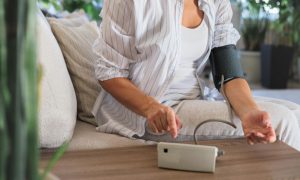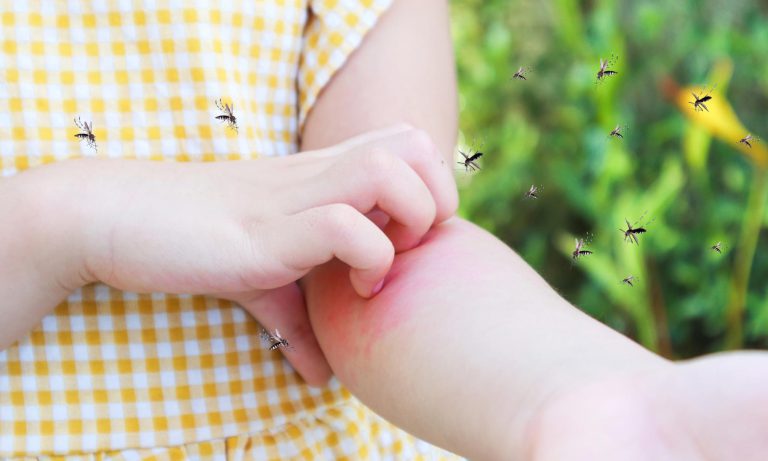
With the COVID-19 pandemic still ongoing, more and more hospitals are reaching their bed capacity limits for treatment and hospital care. Each day, the number of cases in the Philippines continues to rise dramatically, causing fear and panic among the masses.
Due to resource limitations and insufficient government funding, hospitals and healthcare workers are lagging behind in accommodating the surge in COVID-19 positive patients. Additionally, the Alliance of Health Workers has stated in March that the healthcare system is on the verge of collapsing.
As a result, many Filipinos in NCR are now unable to receive immediate medical attention, especially those experiencing symptoms of COVID-19. This makes it even more critical for the public to better take care of themselves to avoid infection.
Until vaccines are fully available to the public, many of those with mild to moderate symptoms should immediately self-isolate in their homes. Common symptoms from the virus are considerably easy to treat at home with supportive care and lessen the workload of health workers in hospitals.
When the necessary precautions are taken, these patients can begin their treatment safely without the risk of infecting others around them. To know what the symptoms of COVID-19 are and how to treat them at home, refer to this infographic below.
Home Treatment for a COVID-19 Patient
1. Consult with a doctor.
When a household member begins experiencing symptoms of COVID-19, schedule a tele-consult with a doctor and follow the instructions if the patient needs to be tested. Immediately locate the nearest testing center or opt for home service to determine if they have contracted the virus. Those with positive results should inform the doctor and wait for further home management advice.
Similarly, booking a consultation appointment through call or online platforms are also alternative options for running a diagnostic test.
2. Isolate the patient.
3. Use a separate bathroom.
4. Wear a mask properly.
5. Have basic, over-the-counter medicines to help alleviate symptoms.
Provide medication that can help relieve symptoms such as sore throat, cough, muscle pain, fever, etc. Medicines should be taken as prescribed by the doctor to help put the patient at ease.
They may also be given vitamin supplements to help boost their immune system. Home treatments should aim to reduce the symptoms of the patient until they have fully recovered.
6. Avoid sharing personal items.
Those who have contracted the COVID-19 virus can contaminate surfaces and other things that come into contact with them. To avoid spreading the virus to others through fomite transmission, they should be provided with things they can personally use.
These include eating essentials like utensils and plates, clothes, bedding, shoes, sanitary products, personal items, gadgets, etc.
7. Monitor the patient’s symptoms.
8. Practice good sanitation habits.
9. Increase fluid intake.
Several symptoms for COVID-19 contribute to dehydration and drains the body of essential nutrients it needs to recover. Keeping hydrated is critical for patients for a full recovery.
Provide the patient with a safe supply of clean drinking water suitable for the period of their isolation. Keep the water in a bottled container next to the patient’s bed for them to access at any time.
10. Help with grocery shopping for necessities and medication.
11. Avoid alcohol and junk foods.
12. Practice no-touch policy.
13. Provide a means of entertainment.
Beating COVID-19 at home
Prioritizing health should be a top concern among individuals, especially during a global health crisis. Showing symptoms for COVID-19 can be alarming for anyone. If a person is experiencing severe symptoms of the virus, they should not hesitate to seek medical help immediately.
Do not hesitate to reach out to Makati Medical Center for teleconsultation, home and drive-through services, and emergency care at (+632) 8888 8999.











